Solo guide to Hualien East Rift Valley 花東縱谷: Guangfu, Ruisui, Yuli
Taiwan’s east coast with its lovely mountain ranges is known to be more of a driving destination, but if you’re willing to slow down a little to explore this more rural countryside region, you’ll find that alongside some gorgeous mountain scenery, Hualien has some lovely small towns worth checking out. I visited 3 small towns in Hualien by train on my own: Guangfu, Ruisui and Yuli, and compiled this highlight post of things to do in Hualien’s East Rift Valley.
Most people only think of Taroko Gorge when they think of Hualien, and while it is an amazing sight, Hualien actually has many other little spots that are worth checking out as well. If you are looking to escape the tourist crowds, these small towns in the East Rift Valley offer a quieter alternative without the congestion and some insight into local Taiwanese culture.
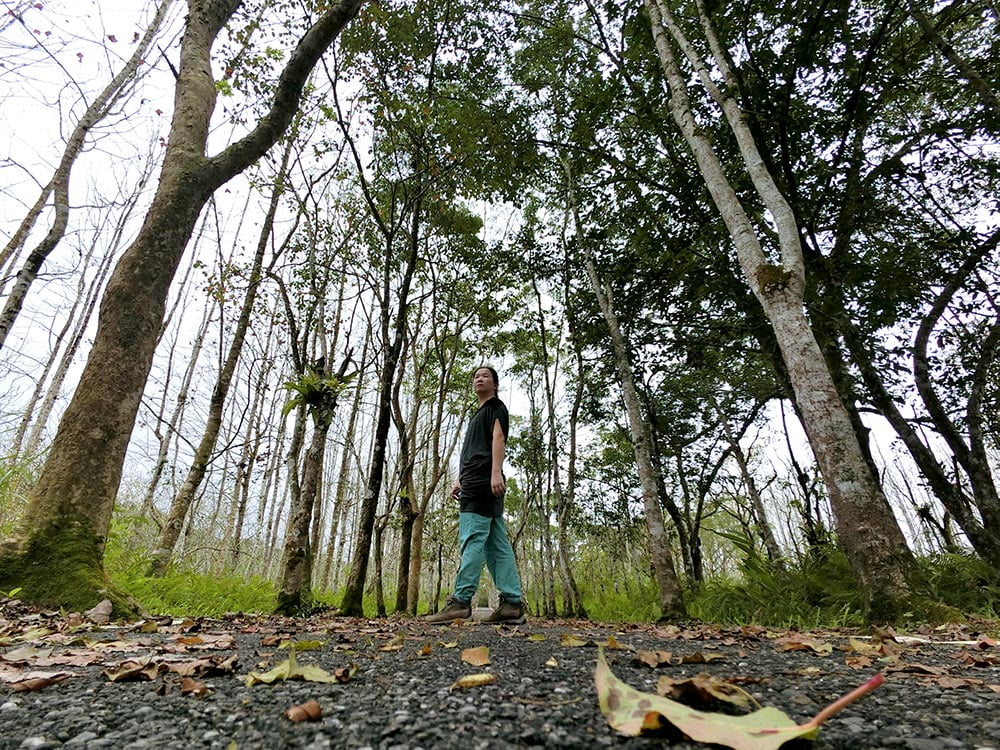
I’ve spent a lot of time in recent years exploring Taiwan as it is one of my favourite countries, but realised that the last time I visited Hualien was actually way, way back in 2007 as a young fresh grad traipsing around the country with my friends. This trip to Hualien 15 years later was a long time coming!
This article is sponsored by Income Insurance. I’m working with Income Insurance to uncover hidden gems on my travels in 2023! Stay tuned for more blogs on cool places that I’ve visited around the world and always make sure you’re covered by Income’s Travel Insurance to travel with confidence. Enjoy x2 more COVID-19 coverage for overseas transport and accommodation expenses^ with Income’s Travel Insurance!
Learn more about Income’s Travel Insurance and check out the latest travel insurance promotions here.
Policy and promo Ts&Cs apply. Protected up to specified limits by SDIC.
Where is Taiwan’s East Rift Valley located?
Taiwan has no lack of beautiful mountains, and one of its jewels is in Hualien known as the East Rift Valley or Huadong Valley 花東縱谷. This stretch of valley is bracketed by the Central Mountain Range and the Coastal Mountain Range between Hualien and Taitung along Taiwan’s East Coast which is how it got its name – Hua for Hualien, Dong for Taitung.
This valley is home to lots of Taiwan’s agriculture and the farms and villages that have sprung up around it. Many aboriginal tribes also settled in the valley so you’ll see signs of that in the names of places, food and culture in the area. And of course you’ll have beautiful mountain views just about anywhere you turn.
If you’re interested in Hualien’s coastal attractions instead, check out some of the sights you can see in Fengbin on a day trip with the Hualien East Coast Shuttle Bus.
How to get around the East Rift Valley
By driving
The main road that cuts through Hualien’s East Rift Valley is Highway 9 which is where most of these towns are located. Most visitors in the Hualien area self-drive or have a car arrangement to explore as the sights are quite spread out. Since I was on my own and not driving, I would look for a bicycle/scooter rental near the train station as I exited and then explore the town area from there.
If you want to see more of Hualien’s Coast, Highway 11 runs parallel to this road on the other side of the Coastal Mountain Range. I’ll talk about Hualien’s coastal sights in another post coming soon. There are some small roads that cut across the Coastal Mountain Range and connect the two highways, but generally it’s easier to spend your day doing either the Valley route or the Coastal route and not cross between them.
By train
The East Rift Valley is served by TRA trains. If you’re coming from Taipei, the Puyuma Express Train from Taipei to Hualien City takes about 2 hours. The slower TRA trains take anywhere from 3-4 hours as they make more stops along the way.
You can buy train tickets directly at the station counter or make reservations online. I suggest making reservations online if you’re looking to travel on weekends/peak periods as the Puyuma Express trains can sell out during those times – you can still get on the train but you’ll be stuck standing all the way or seat hopping if you don’t have a reserved seat.
If you’re just hopping between towns, I find it easier to just turn up at the station and buy a ticket at the counter quickly and easily. You can pay with cash or credit card.
Whether you plan to drive or take the train, I always recommend buying travel insurance before you go as a safeguard against unexpected events like travel delays and injuries caused by accidents. You can check out Income’s Travel Insurance plans to learn more.
Guangfu 光復
Guangfu was once full of sugarcane plantations and a center for sugar production back in the day.
From Hualien Station to Guangfu Station by train:
- Puyuma Express: 30-40 mins
- Local Trains: 40 -60 mins
Hualien Tourism Sugar Factory 花蓮觀光糖廠
Since sugar was the main industry in Guangfu, one of the main attractions today is the Hualien Tourism Sugar Factory, also known as the Guangfu Sugar Factory. Officially set up back in 1913, they produced sugar through the Japanese colonial times and World War II up until the early 2000s when the factory was closed. It has since been restored into a tourist attraction by the Taisugar company 台糖.
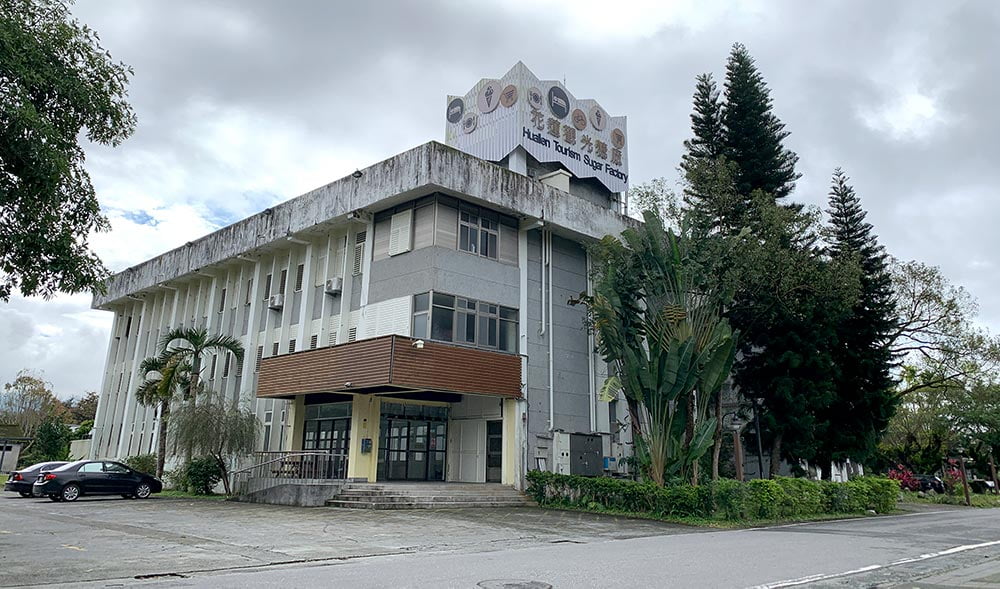
The factory occupies quite a large compound but the main activity is centred around this pond which is surrounded by shops selling food and souvenirs, including one of the star products of the area: ice cream! This ice cream shop has over 20 different flavours available.
A warning if you plan to sit down in this area and eat: there are xiaoheiwen in this particular area – that’s Taiwan’s version of the sandfly which will leave you itching for days – so I suggest covering up if you’re especially sensitive like I am!
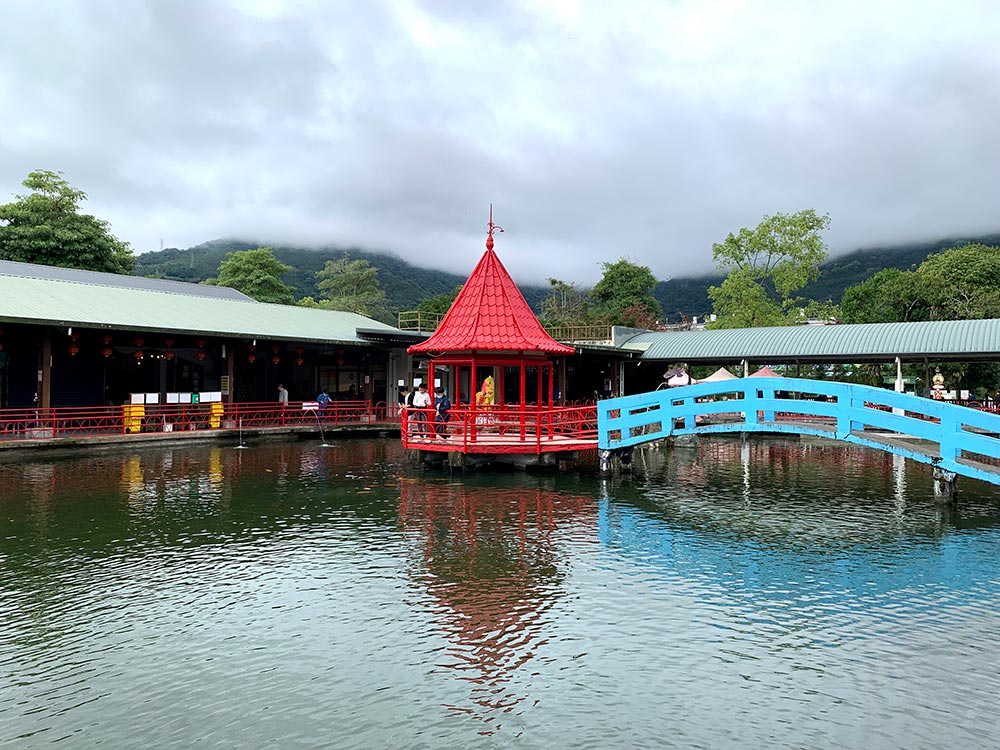
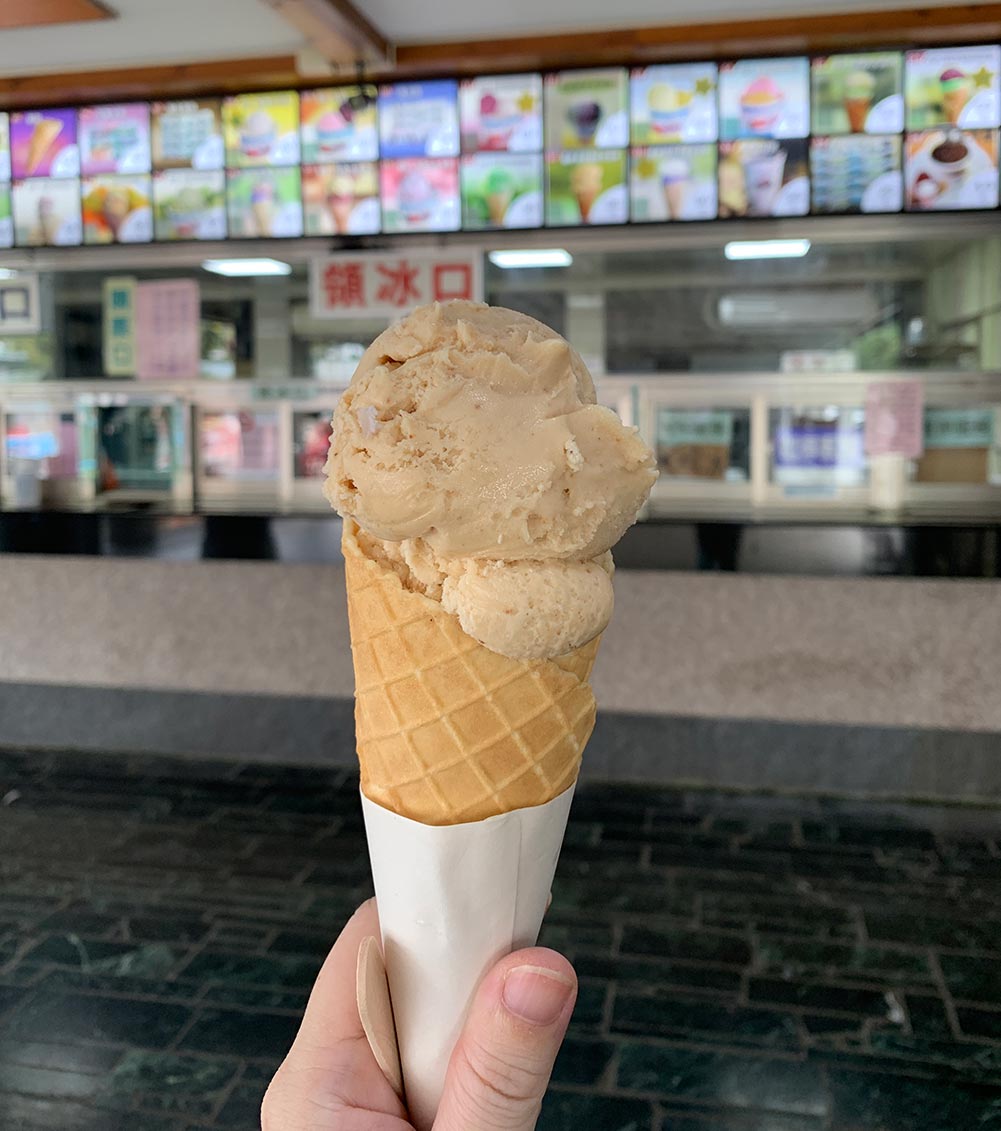
There is a bike rental shop on site as well if you want to explore the area which is what I did. The food options also make this a pretty popular stopover for cyclists who are passing through the area and need a break. I rented a bike and spent a morning exploring some of the nearby sights which I’ll talk more about below.

Another thing you can do at the Guangfu Tourism Sugar Factory is stay overnight in the Japanese style wooden houses that litter the compound. Originally built to house higher ranking executives who worked at the factory during the Japanese colonial era, these houses have since been converted into guesthouses.
Along with the quaint wooden architecture, features like the cypress wood floors, tatami mat rooms and even the Japanese-style stone baths have been kept alongside modern features like air-conditioning, automated toilet bowls and netted screens on the windows to keep bugs out.
Staying in one of these houses is quite fun but they are meant for 2 or more people – I visited on a media trip and they assigned us each a lodge and it felt far too big for just 1 person to sleep in, but the family lodge would be ideal for a small group/family.
Guests at the Hualien Sugar Factory Hotel also get vouchers for many of the activities on site like riding the traditional train (closed on the day I was there), bicycle rental and ice cream.
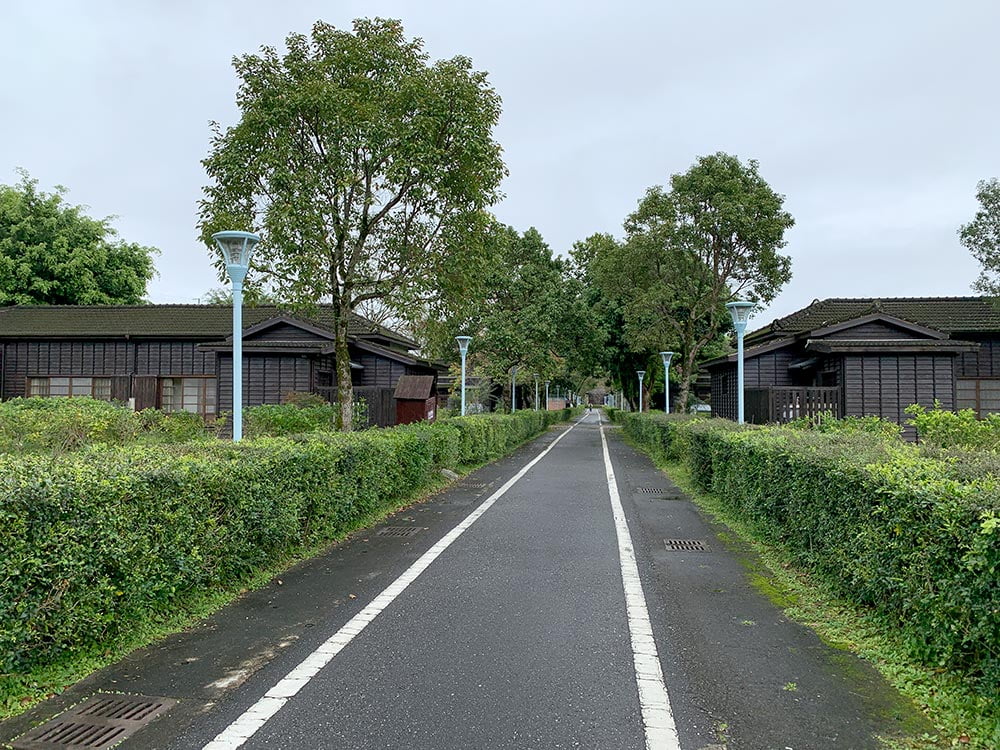

Hualien Tourism Sugar Factory 花蓮觀光糖廠
[Location on Google Maps] The compound is a 10min walk or a 2-3 min drive south of Guangfu Train Station.
See website for more and you can book Hualien Tourism Sugar Factory Hotel accommodation online [affiliate link]. Prices start from around 2,700 NTD/night (~S$120) for a double room. I was hosted here by the Taiwan Tourism Bureau as part of a media trip in Feb 2023.
Alternative hotels in Guangfu to consider:
- Maple Feeling Vacation Farm [affiliate link] – the location is a little bit further from the town but the rooms look really big
- Kamiyamato B&B [affiliate link] – is an affordable option a little nearer to the town centre
Matai’an Wetlands 馬太鞍溼地生態園區
Did you know that Matai’an is actually one of the old names for the Guangfu area? It comes from the Ami word ‘Vataan’ or pigeon pea 樹豆 – the Amis are the aboriginal tribe who call this area home.
The Matai’an Wetlands lie on the west side of the Guangfu River and is a lovely place to enjoy nature and do a little birdwatching. This area is particularly popular in summer from around May to August when its ponds are covered in blooming water lilies and lotuses. Obviously I was there in February so I didn’t see any of that, but it was very green and peaceful and there are nice little roads and boardwalks which are perfect for a stroll or cycle.
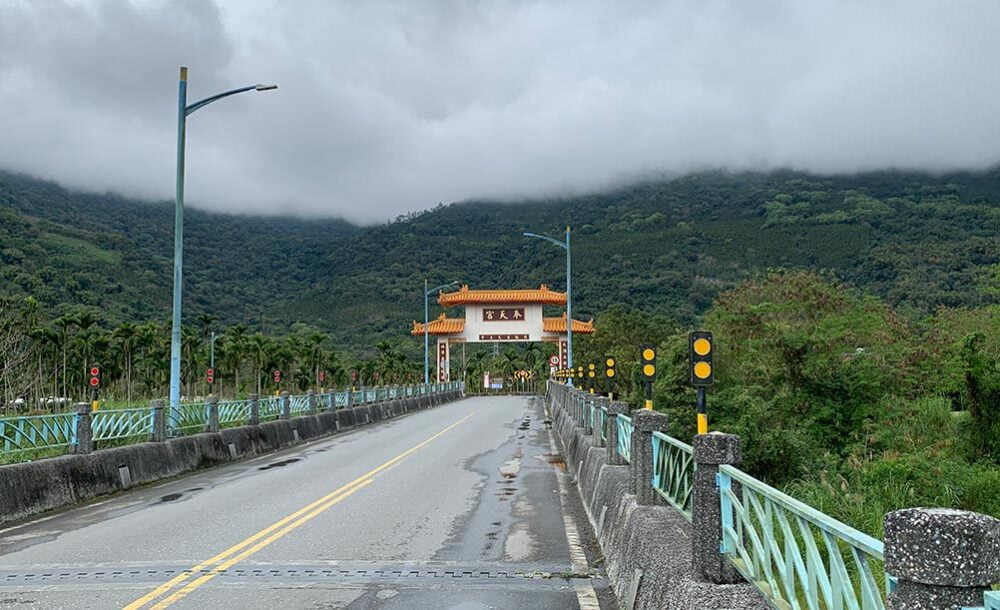

Whether you’re cycling, hiking or taking part in any adventurous activities, it’s always good to have Income’s Travel Insurance provide you with extra protection.

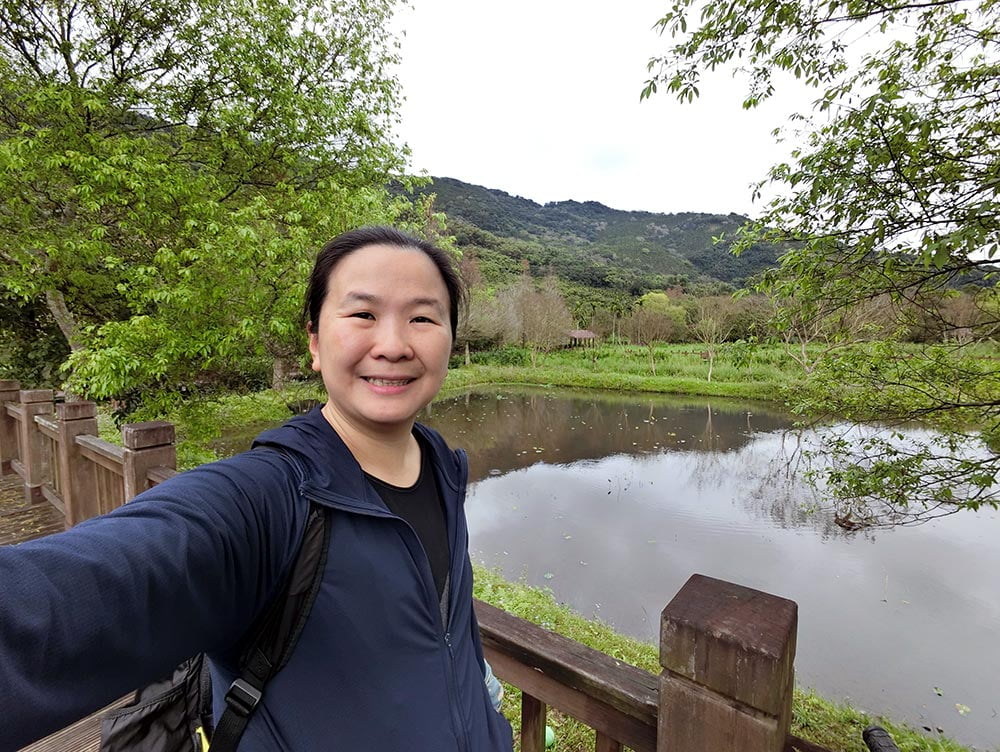
I was there at a weird timing, but if you go around lunch time, one thing you should try in this area is traditional Ami cuisine. They are known for their unique stone hot pot 石頭火鍋 – check out Yoti Life for some pix of food that includes grilled fish, wild boar meat and the local veggies.
Some restaurants in the area you can check out include Cifadahan Traditional Amis Restaurant 紅瓦屋老地方文化美食餐廳 or Shin Liu Farm 欣綠農園 which are all within the Matai’an Wetlands area.
Matai’an Wetlands 馬太鞍溼地生態園區
[Location on Google Maps] The compound is about a 5 minutes drive or a 10 minute bicycle ride southwest of Guangfu Train Station.
Danongdafu Forest Park 大農大富平地森林園區
From Guangfu Sugar Factory, another place I cycled to explore was the Danongdafu Forest Park. Forest parks essentially are secondary forests – the original forest was cleared out because of industrialisation, but these new forests were cultivated later on as a green lung for the area. This area used to be sugarcane plantations that belonged to Taisugar Corp, and is named for the 2 farms: Danong 大農 and Dafu 大富.
Danongdafu is 1 of the 3 major forest parks in Taiwan (the other two are in Pingtung and Chiayi and is pretty big – 1250 hectares which is about 48x the size of Da’an Forest Park in Taipei! There are lots of cycling trails leading to and inside the forest park – I also encountered people walking along the trails.


February as you can see at the tail end of winter is lovely weather for outdoor activity and cycling, but inevitably a bit dreary because of perpetual rain and overcast skies. In spring and summer, this area is super colourful with blooming flowers and March and April is firefly season too. Autumn is another popular time to come with fall colours, though I think the bare boughs of winter are pretty cool as well.

There are some sculptures in parts of the park, but unfortunately I got rained out so I didn’t spend as much time here as I would have liked. I definitely need to come back when the flowers are in bloom to see their ‘flower sea’! There is also a viewing tower which I missed as well.
I cycled to Danongdafu Forest Park from the Hualien Tourism Sugar Factory. It’s a nice cycling trail passing through lots of countryside and paddy fields. Just keep an eye out for the cycling trail signs!

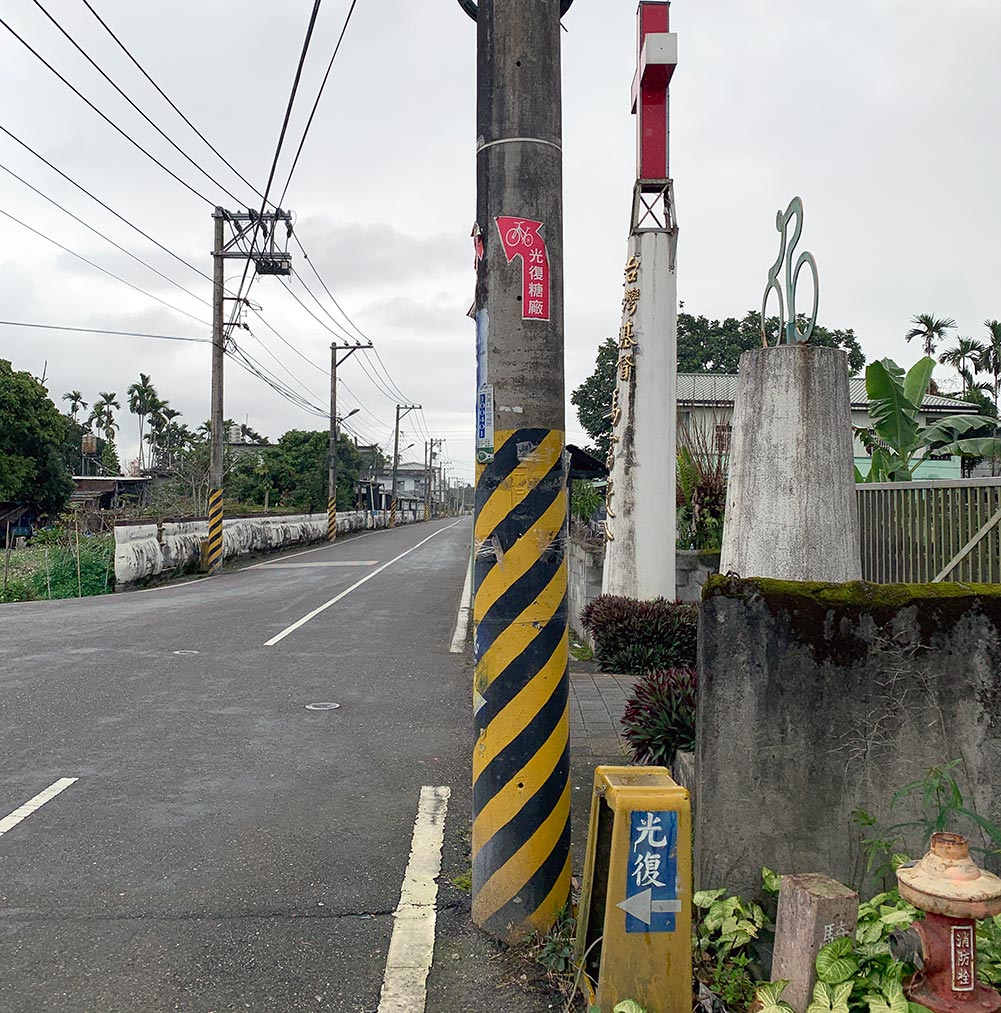
Danongdafu Forest Park 大農大富平地森林園區
[Location on Google Maps] The compound is about a 10 minutes drive or a 25 minute bicycle ride south of Guangfu Train Station.
What I missed
Fuyuan National Forest Recreation Area 富源國家森林遊樂區 – it’s a 15 minute drive by car from Guangfu Train Station but almost an hour on bicycle (You could take the train to Fuyuan Station which is nearer). This national park has a lovely suspension bridge and is also famous for butterflies in spring and summer (March to August)
Ruisui 瑞穗
Ruisui is most famous as the only carbonate water hot springs in Taiwan. The water here is also rich in iron which gives the water its yellowish tinge and is supposed to have beautifying and healing properties.
From Hualien Station to Guangfu Station by train:
- Puyuma Express: 30-40 mins
- Local Trains: 40 -60 mins
I first visited Ruisui as a clueless 20-something year old just following my friend around on the itinerary that she planned. That particular trip was made up pretty much on the fly – we found a guesthouse near the train station when we arrived and the owner arranged our activities including going to a hot spring bath house and white water rafting.
This time around, I mostly took taxi to get around. The local lady who picked me up from the train station gave me her name card and every time I needed a ride I just gave her a call. Definitely go with a local cab – on my way back from dinner I decided to hop into another taxi, but that guy had fetched someone down from Taipei and had no idea how to get around so it took us 2x as long to get back to the hotel >_<

Ruisui Hot Springs: Yen Hotspring Hotel 元湯溫泉居
The main point of visiting Ruisui was to fully enjoy the hot springs here after a hectic week on a media trip, so I decided to splash out on a nice hot spring hotel! Yen Hotspring Hotel is one of the newer hotels in Ruisui and has a nice clean aesthetic vs the more typical decor of older hot spring hotels stuck in the early 90s or so.
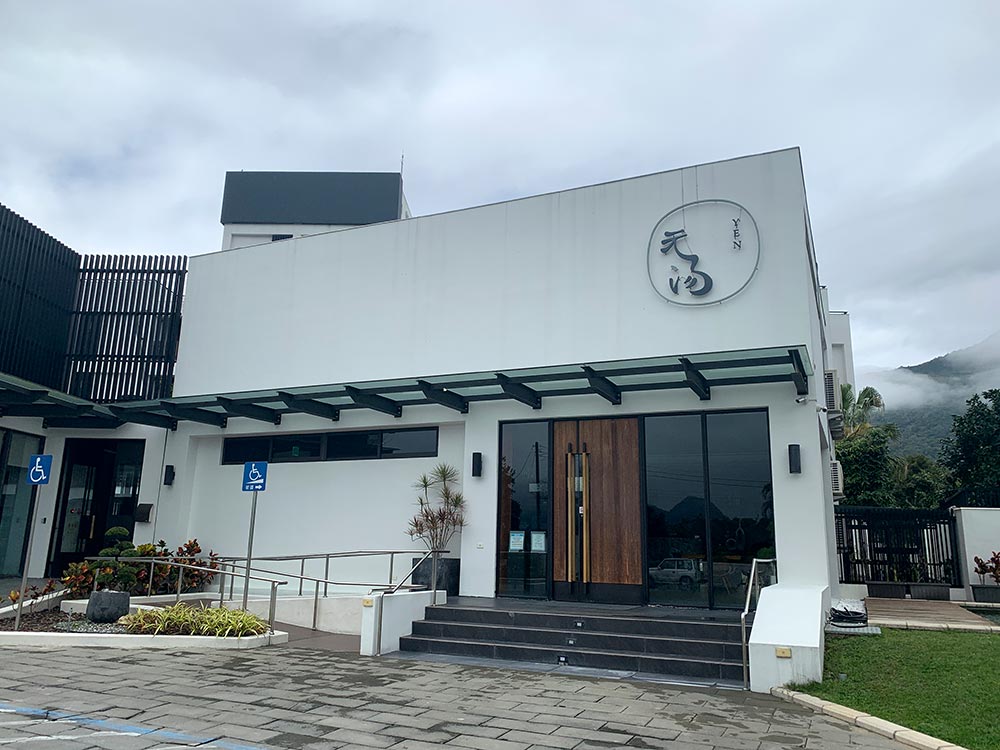
I was in a western-style room with a large King sized bed, leather couch and attached balcony – the Japanese style rooms have mattresses on a platform and there are larger suites as well.
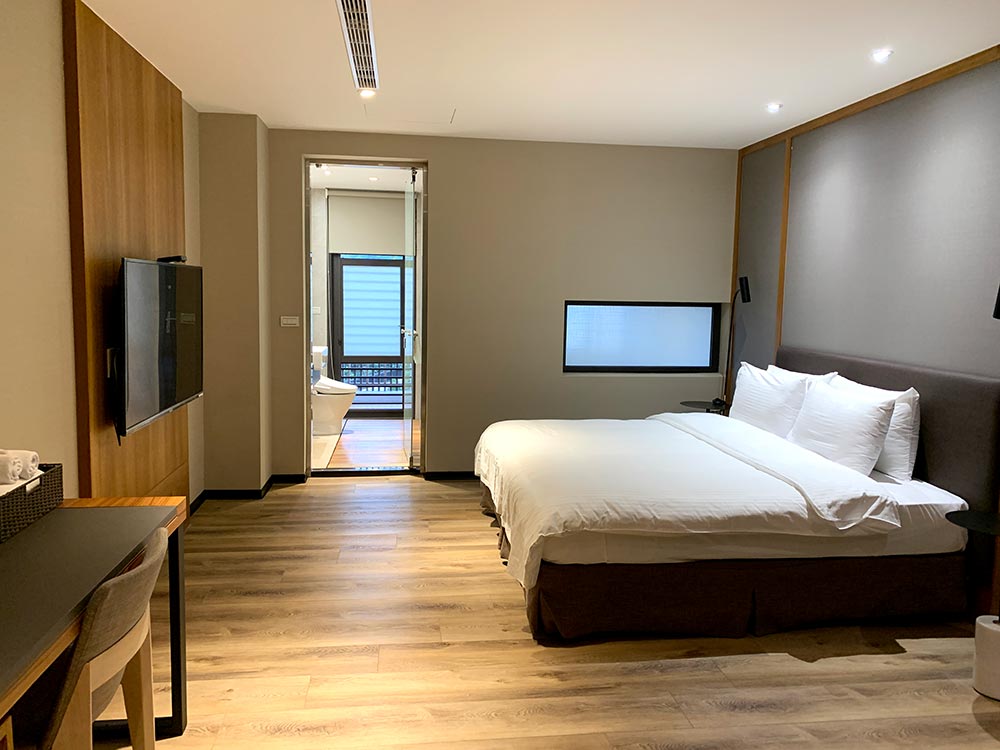
The bath is very clean and those taps fill the bath up very quickly. The hotel gives pretty detailed instructions on how to use the bath as well as the fact that the water is hotter and different times of the day. I stayed there for one night and bathed 2x to make full use of this bath. What I liked was that the bath was also indoors (no mozzies at night!) but also ventilated enough that the room itself doesn’t feel steamy.


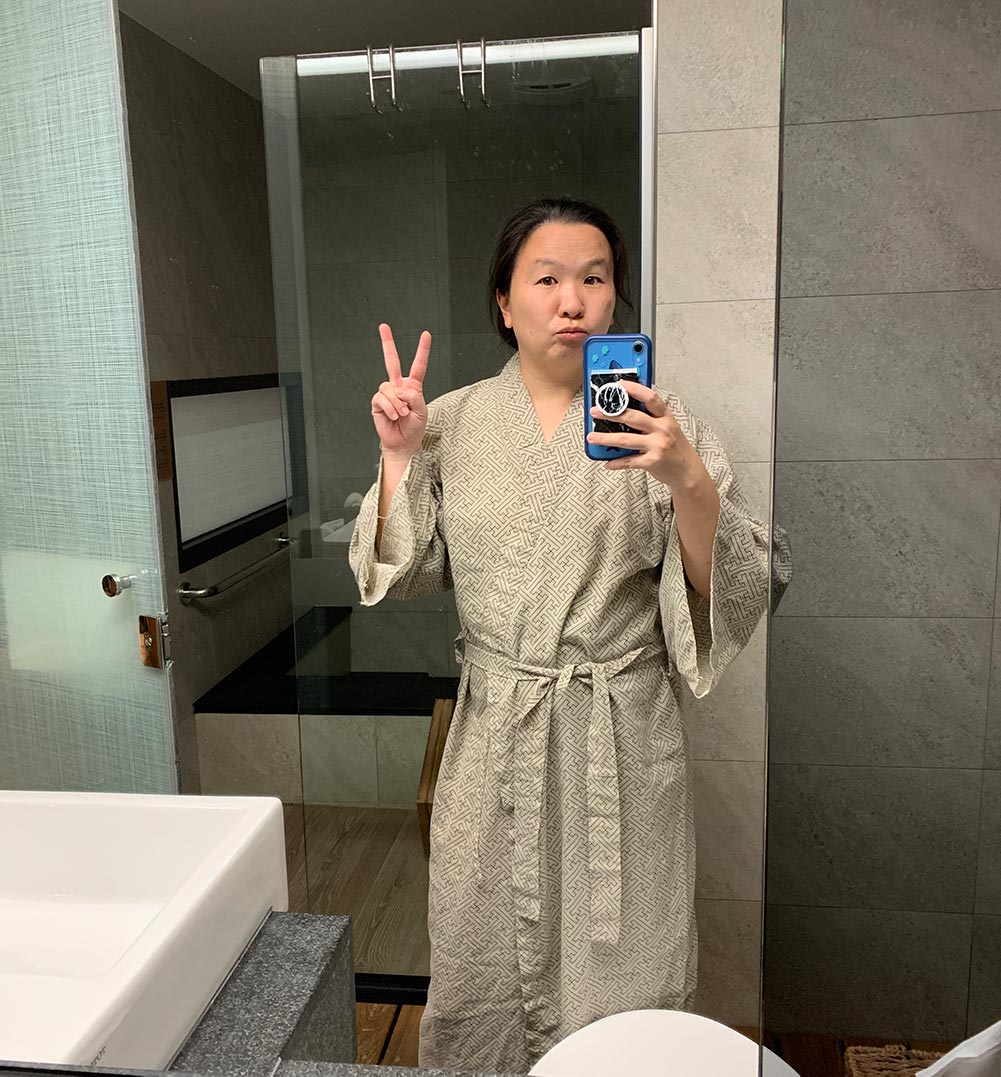
The hotel actually has a swimming pool and outdoor hot springs as well, though most of the people are here to enjoy the baths in their rooms, it might be useful if you’re here as a very large group. The breakfast provided was also very stellar – very fresh and unique local Hualien food!
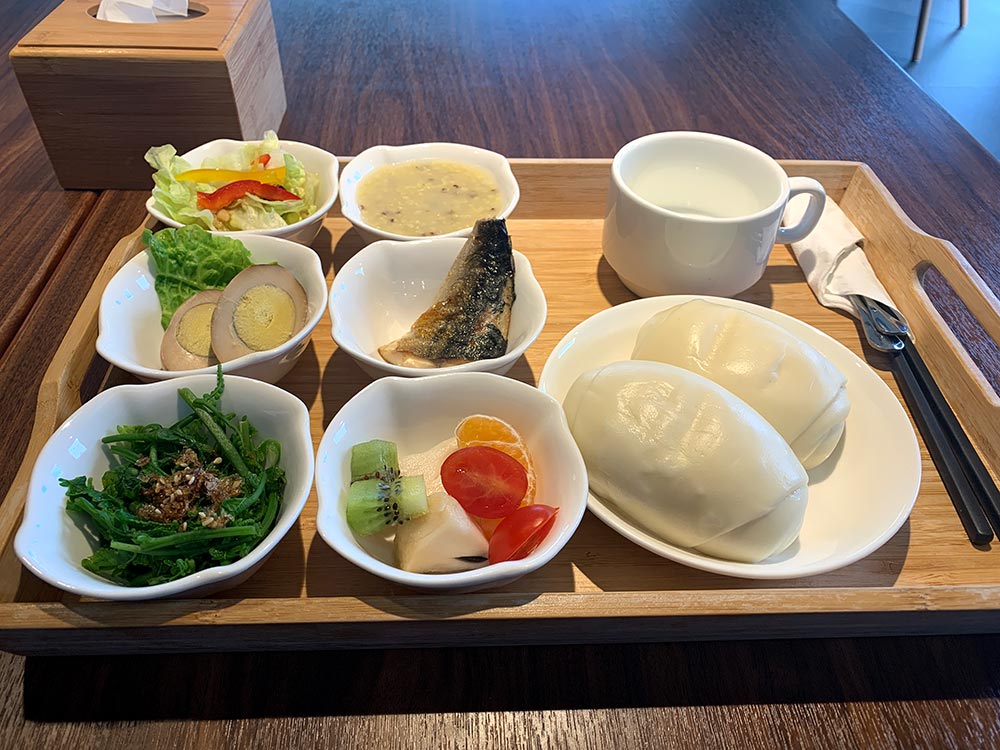
Yen Hotspring Hotel is a little above my usual budget at 4,280 NTD/night (about S$186), but considering the facilities it’s well worth the splurge and if you’re a couple, I think it’s very worth what you pay for. The service was excellent as well, with the receptionist lady helping me to call my taxi when I needed it.
Yen Hotspring Hotel 元湯溫泉居
See more on the Yen Hotspring website or book online [affiliate link]
[Location on Google Maps] The hotel is a 5 minute drive north of Ruisui Train Station. I wouldn’t recommend walking there from the station because the hotel is along Highway 9 and there’s nothing else around it. It’s very much a place to drive to!
Alternative Ruisui hot spring hotels to consider:
- Ruixiong Hotspring Hotel [affiliate link] – this hotel was cheaper and more within my usual budget, but it’s also further from Ruisui Train Station in Hongye Village
- 蜜滋賀溫泉飯店 [affiliate link] – this is another newish hotel that I was considering, but I thought Yen was prettier
- Ruisui Sunshine Hot Spring B&B [affiliate link] – this one was a bit on the expensive side as well but it’s a very pretty hotel also located in Hongye Village. The hotspring bath is located on the balcony which is nice but I worry about mozzies!
Milk Hotpot: Green Genie / Lü Jing Ling 綠精靈瑞穗鮮奶鍋
Ruisui’s pastures have made this town famous for its dairy products – the Rareseed Ranch or Ruisui Ranch 瑞穗牧場 is a pretty popular tourist attraction in the area, but I didn’t bother because it seems to mostly be a petting zoo for cows and where you can buy milk products.
Instead, I decided to eat one of the more unique foods in the area: a hotpot that uses fresh milk as its base at a restaurant called Lü Jing Ling. It’s very close to the train station so if you drop by in the afternoon, you can easily walk there.
I was pretty hungry so I went down early (about 530pm?) and easily got a seat as it was a weekday and I was early. There are several milk hotpot options on the menu with different flavours like curry, vanilla, spicy Mongolian and seafood, but I decided to just eat the normal milk hotpot. They have other non-milk hotpots and rice/noodle dishes as well.
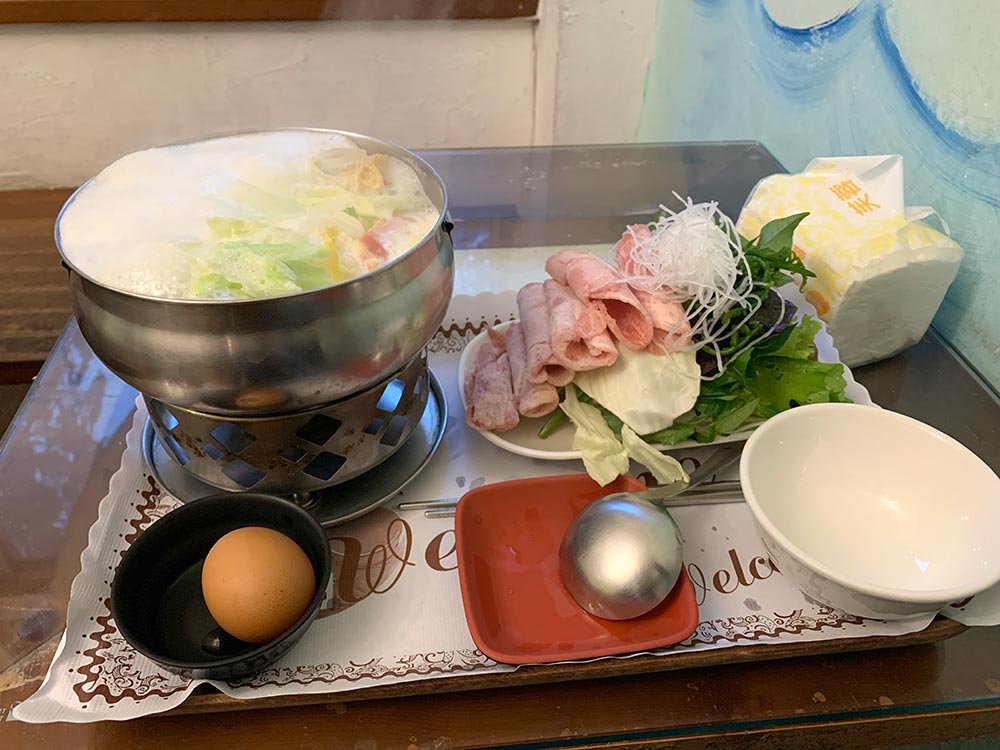
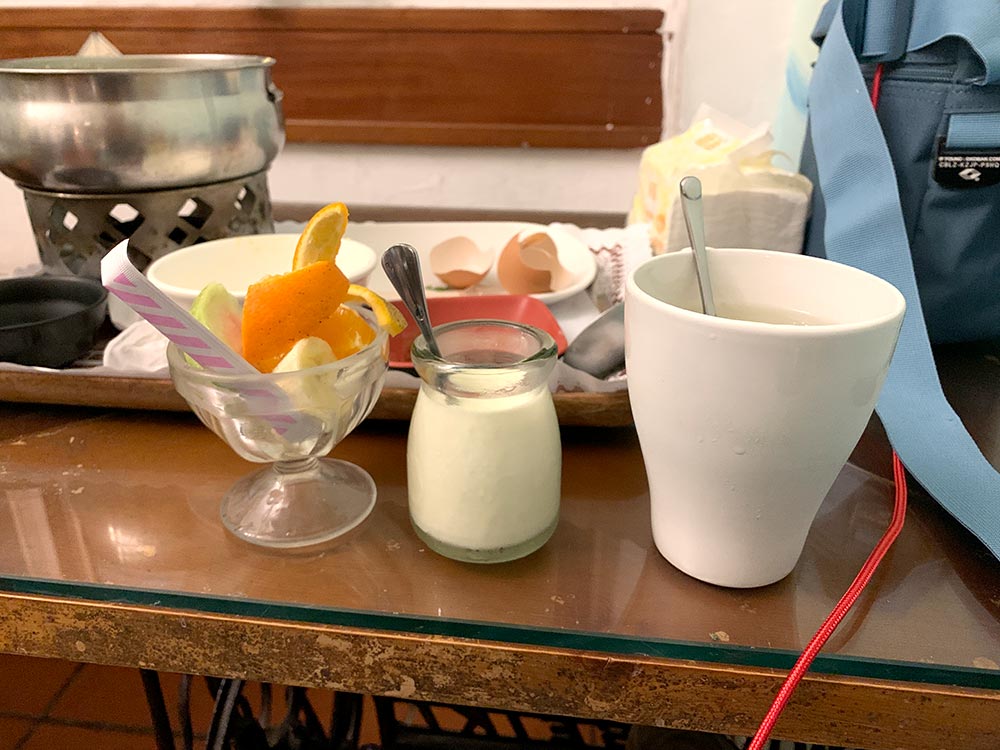
The milk taste is actually pretty mild, and I like that the hotpot doesn’t feel too rich so you can easily eat everything.The standard milk hotpot set costs 250 NTD (~S$10) and is pretty worthwhile in my opinion because you get free flow rice, condiments as well as dessert that includes fruit, fresh milk pudding and a pomelo tea! I was definitely pretty stuffed after this.
There were queues outside when I left at about 645pm, so definitely go early if you can or make a reservation! It’s not a very large place.

Green Genie / Lü Jing Ling 綠精靈瑞穗鮮奶鍋
[Location on Google Maps] The restaurant is 5 minutes walk north of the Ruisui Train Station.
Opening hours: 11am-130pm, 5-830pm
Another thing that’s popular to eat in Ruisui that I was really too full for at this point is the Matcha Meatballs. Green tea meatballs? Yes, that’s exactly what it is. This stall is even closer to the Ruisui Train Station – check out Fairy Lolita for more pix of this strange meatball filled with pork and bamboo shoots.
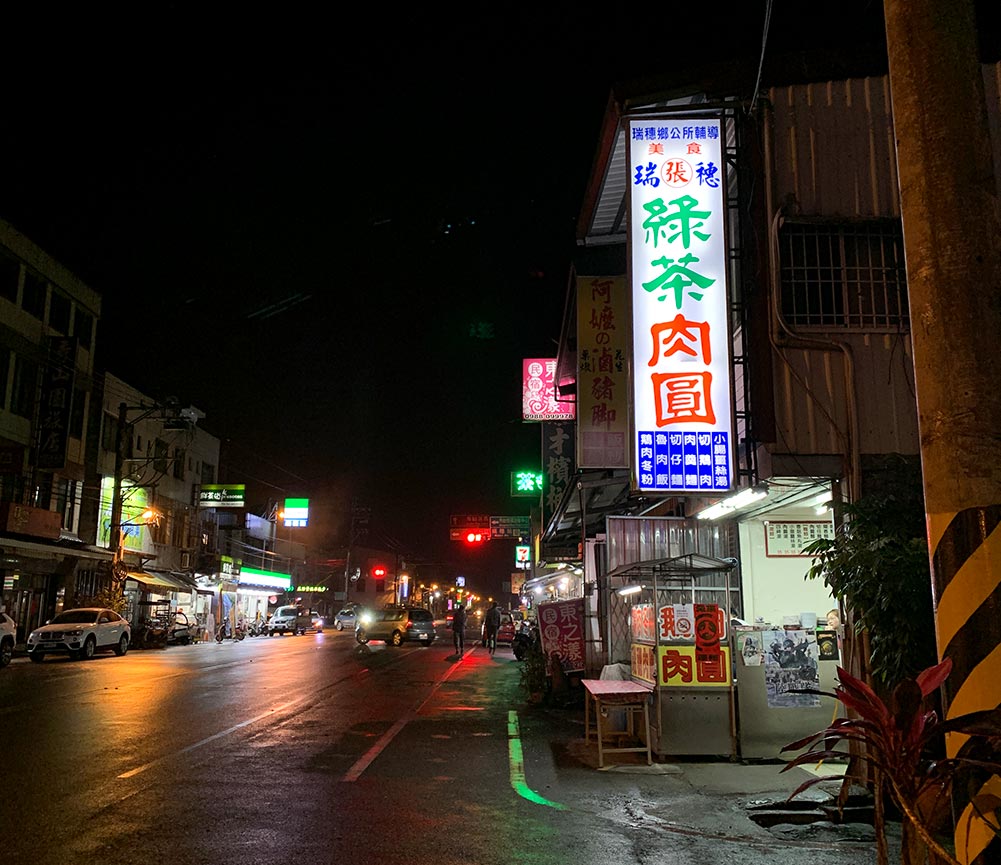
White Water Rafting
An old name for Ruisui is Shuiwei, which translates to ‘end of the water’ because this town is located at the end of the Xiuguluan River which is the longest river in Taiwan at about 104km and the only one that cuts through the Central Mountain Range! One very popular activity in Ruisui during summer is whitewater rafting along the Xiuguluan River.
Timing is key when it comes to whitewater rafting in Ruisui: the peak season is usually around August when the river is full and the rapids are at their strongest. Long time ago I tried it out in May which was still a tad too dry and we spent more time getting towed by the speedboat than actually moving – read more here. February when I was there recently was a tad too chilly for me to want to be in the water.
The starting point for the rafting experience is where the Xiuguluan River Centre is located east of Ruisui Train Station [Google Maps]. The ending point is typically in Fengbin along Hualien coast where the red Changhong Bridge is located [Google Maps]. This journey down the river takes about 3-4 hours in total and usually starts in the morning as there is a curfew for boats at 3pm.


Whitewater rafting in Ruisui
You can book the Xiuguluan River Rafting experience online [affiliate link] or make arrangements through your guesthouse
Yuli 玉里
This small town near the southern tip of Hualien County consists mostly of paddy fields, but is a lovely place to wind down and where an important geological marker can be found. August to September is a busy time as most people head to Chike Mountain to see the orange daylilies on the mountainside.
From Hualien Station to Yuli Station by train:
- Puyuma Express: 50-60 mins
- Local Trains: 1-1.5hrs
Yufu Bikeway 玉富自行車道
For those interested in more serious cycling in Taiwan, the Yufu Bikeway that straddles Yuli and Fuli down south is supposed to be one of the prettiest places to cycle in Taiwan. This 10km bikeway exclusively for bicycles was built on the former train tracks that link Yuli to the old train stations at Antong and Dongli.

Those who’ve read earlier blogs know that I’ve done the long cycling journeys (memories of the Shinamani Kaido) but it’s not my usual thing. Even that day in Yuli I was feeling a bit tired from cycling at Guangfu the day before so I totally whimped out and rented an e-bike instead (300NTD vs 100NTD but was being able to put my feet up and move at >2x the speed of a normal bike worth it? Hell yes)
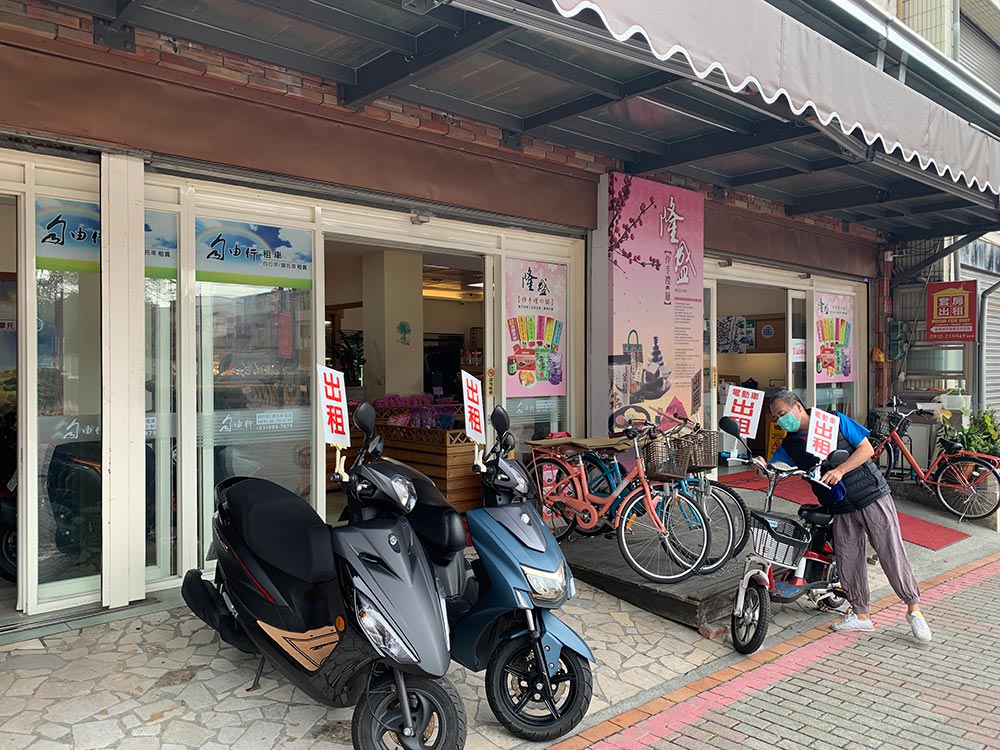

Yuli itself is a nice quiet small town with lots of paddy fields and small paths, perfect for some uneventful cycling without the threat of high traffic and beautiful views. I mostly stuck to the main town area, going as far north towards something called Yuli Wetlands, and then southwards as far as the Kecheng bridge that appears in a lot of postcards.



If you have more time and energy, you could cycle down to neighbouring village Antong 安通 (about 10 mins drive or 30 mins by bicycle) which is a popular hot spring town. Or keep following the Yufu Bikeway and Highway 30 to reach the old Dongliyi Station 東里驛站 (it’s not far from the current Dongli Station if you rather take the train) which is now a cycling rest stop amidst the paddy fields.
Philippine-Eurasian Plate Marker 歐亞板塊及菲律賓海板塊交界紀念碑
The main sight to see on the Yufu Bikeway is this particular bridge that doesn’t just cross the river, but also crosses the point where the Philippine and Eurasian tectonic plates meet! It’s also the reason why there’s a lot of tectonic activity there and they eventually shifted the railway line because they had to keep adjusting it when the plates moved.
Unfortunately, that section of the Yufu Bikeway was closed when I went because of the 6.8 magnitude earthquake that hit Yuli in Sep 2022 and damaged quite a lot of the town. This section of the bridge is closed, though you could use the main road on Yuli Bridge that runs parallel to the bikeway to connect to the rest of the route on the other side.

There is normally a marker on the bridge where the plates are supposed to meet, which is where most people take their proof shots with, so I decided to just chill out nearby and enjoy the view. The river was pretty dry with barely any water flowing, and there was a lone digger working to clear some rocks. It might be awhile before they reopen this bridge again!


Yufu Bikeway 玉富自行車道
Check out the Yufu Bikeway page on Taiwan Tourism for updates on when the bikeway is officially reopened. From what I gather, some sections of it like the bridge are closed because of damage, but it should be accessible for the most part.
Yuli Noodles: Ma Gai Xian 馬蓋先美食玉里麵
Another thing that is particularly famous here is something called Yuli Noodles. Because of all the paddy fields, rice and noodles are of course staples here and supposed to be extra tasty, though I can’t figure out what makes Yuli Noodles special. Regardless, I do the tourist thing and head to Ma Gai Xian 馬蓋先, one of several famous Yuli noodle shops in the town.
In essence, Yuli Noodle is a bowl of springy handmade noodles that have been air-dried, topped with slices of pork, lard, bean sprouts and vegetables. I had the dry version which had some sauce and oil, but you can have a soup version as well. It was a solid, tasty bowl of noodles for sure but there’s nothing particularly interesting or weird about it.


Ma Gai Xian 馬蓋先美食玉里麵
Check out the Ma Gai Xian Facebook page
[Location on Google Maps] The restaurant is 5 minutes walk east of Yuli Train Station.
Opening hours: 10am-7pm, closed on Sundays
Where to stay in Yuli
I daytripped down from Ruisui to Yuli and headed up to Hualien City in the evening so I didn’t stay overnight in Yuli, but the accommodation here is definitely cheaper compared to Hualien City and worth consideration if you are on a budget or just want somewhere quiet..
There are lockers at the train station with English instructions to go online that foreigners can use, though getting them to work was honestly not the easiest for me. If you rent bicycles nearby you could ask if you could leave your bags there.
Yuli guesthouses to consider:
- 910 Hostel 城南館 [affiliate link] – pretty cosy BnB close to the Yufu Bikeway bridge
- Little Time Guesthouse [affiliate link] – good location in downtown Yuli
- JINGTONGYULI BnB [affiliate link] – convenient location next to Yuli Train Station and affordable private ensuite rooms
Have you been to Hualien? What are your favourite small towns in the East Rift Valley? Tell me what I missed. Meanwhile check out more of my Taiwan posts here:
Penghu 3 day itinerary for solo travellers 澎湖
Penghu fireworks festival guide: My experience and what to expect 澎湖花火節
Taiwan Penghu Islands guide: How to get there, getting around and where to stay 澎湖
This article is sponsored by Income Insurance. Whether it’s cycling along the road overseas or whitewater rafting along the river, make sure you’re covered by travel insurance before your trip so you can have fun exploring adventurous hidden gems and travel with confidence. Enjoy x2 more COVID-19 coverage for overseas transport and accommodation expenses^ with Income’s Travel Insurance.
Learn more about Income’s Travel Insurance and check out the latest travel insurance promotions here.
Policy and promo Ts&Cs apply. Protected up to specified limits by SDIC.
^ Based on comparison of benefit limits for an insured person under Income’s Travel Insurance Preferred Plan and Enhanced PreX Prestige Plan for trip cancellation and trip shortening against similar plans in Singapore.
All opinions expressed here are those of The Occasional Traveller and not of Income Insurance Limited (“Income”). The information provided here is for general information only and does not constitute an offer, recommendation, solicitation or advice to buy any insurance product(s). You should seek personalised financial advice before you purchase any insurance product. The Occasional Traveller is responsible for the accuracy and completeness of all information provided and intellectual property used in this article. Income is not responsible nor liable to any party for the content of this article and intellectual property used in this article. Buying insurance that is not suitable for you may impact your ability to finance your future insurance needs. Precise terms, conditions and exclusions of the insurance product are found here. The insurance product referred to in this article is underwritten and issued by Income.
This article may also contain hyperlinks to third party websites that are included for your convenience. Such linked websites are not under Income’s control and Income is not responsible for the contents of such linked websites or the consequences of accessing any link in any such websites. Income is also not responsible for any form of transmission received from any third party websites. The inclusion of any such link does not imply endorsement by Income of any such third party websites or any association with its owners or operators. You agree that any access to and/or use of such linked websites is at your own risk and any dealings with any such third parties included within this article, and any other terms and conditions associated with such transaction and promotion is solely between you and the third party. Income will not be liable or responsible for any part of such transactions and promotions.
Protected up to specified limits by SDIC.
Information is correct as at 25 May 2023.

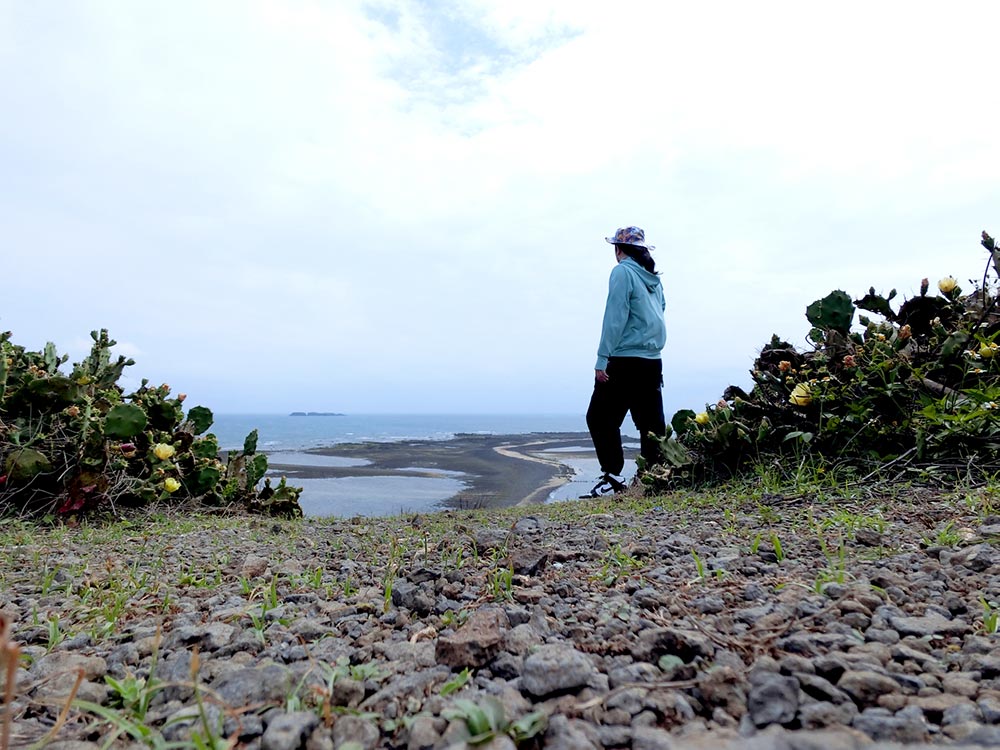
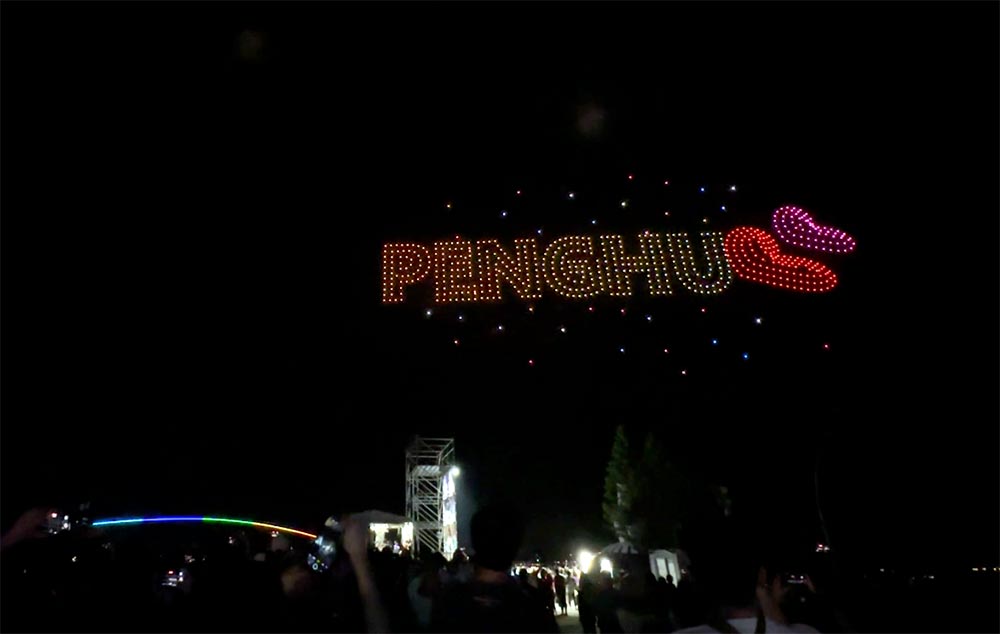
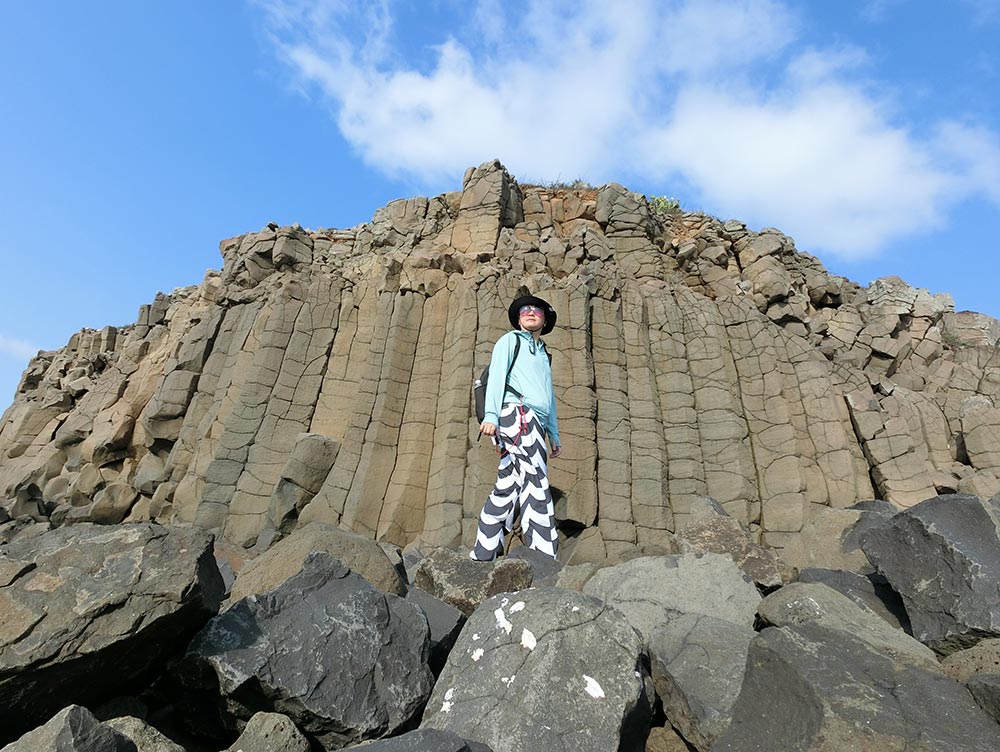
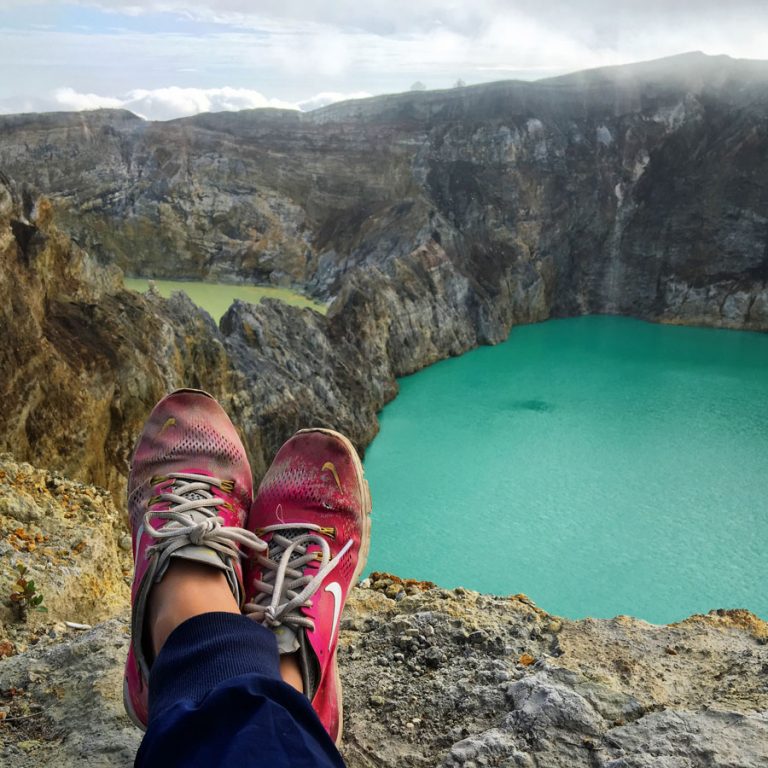
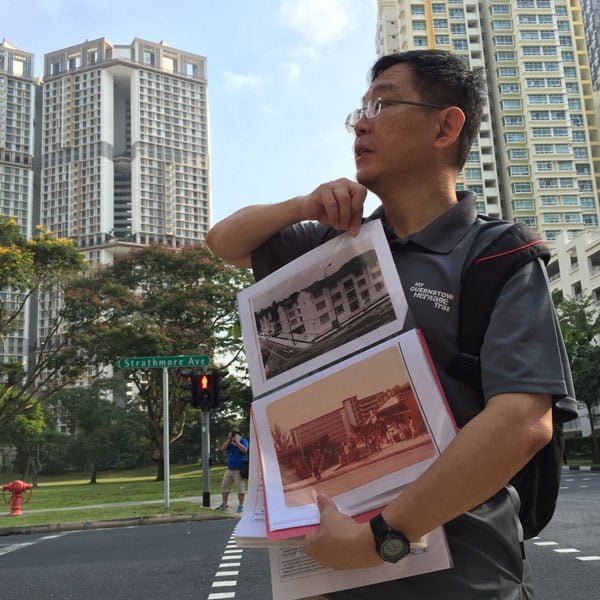
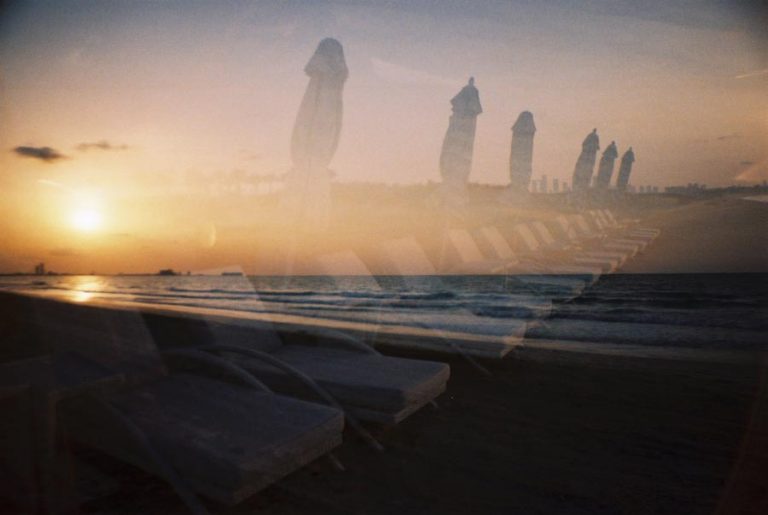


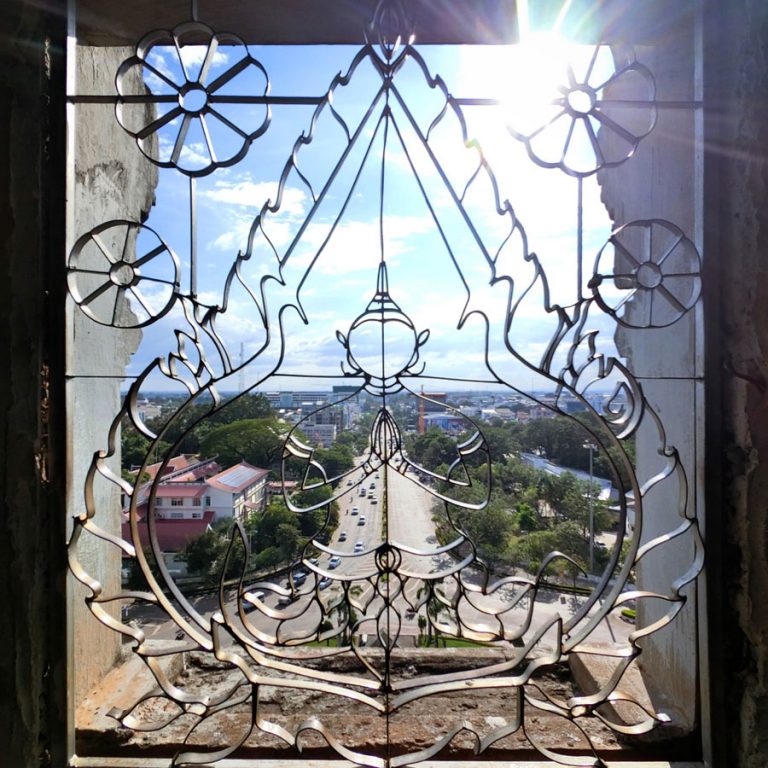
Few of the trips you went through were very interesting and enjoyable to read and very informatives.
I just want to get some information from you.
At Yuli station, there is a Giant Yihong Bike shop.
Want to know do they have tandem bike (a bike for two) for hire?
We are a 70 and 65 years old couple who like to cycle on the YuFu bike way this coming 2024 March.
Thanks you .
Thank you! Unfortunately I can’t say I remember seeing this bike shop so I can’t answer you for sure. Hopefully the bikeway is repaired by then! :)